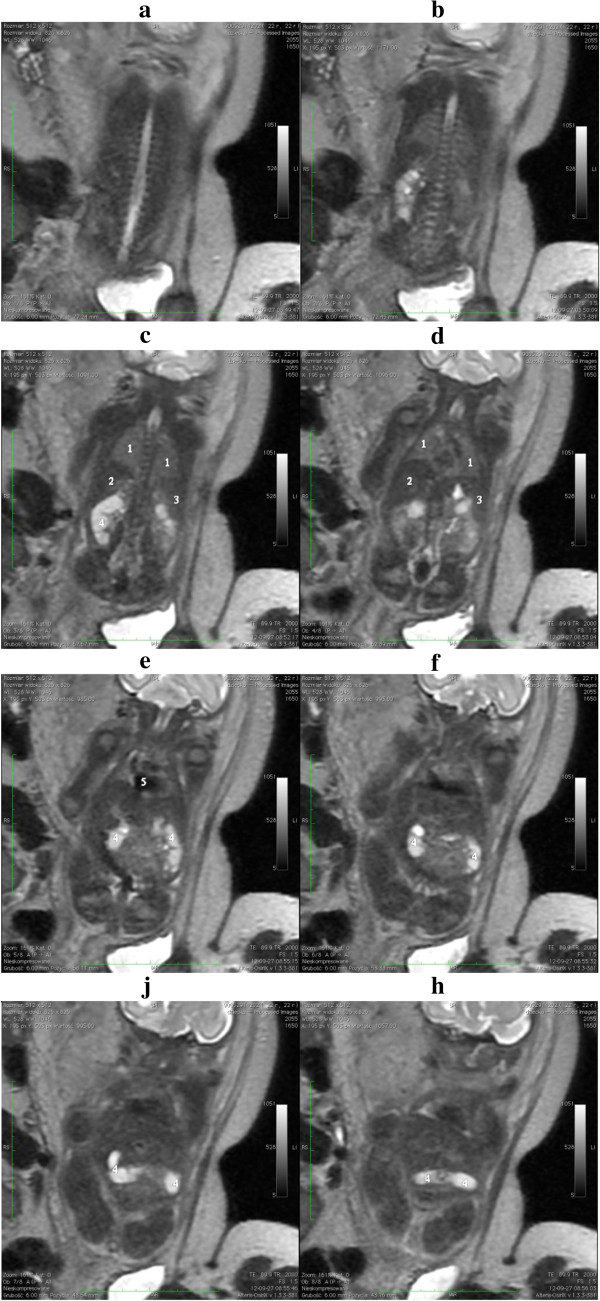User:Z3465141: Difference between revisions
No edit summary |
No edit summary |
||
| Line 13: | Line 13: | ||
==Assessment 1== | ==Assessment 1== | ||
<pubmed>25077107</pubmed> | <pubmed>25077107</pubmed> | ||
Revision as of 09:22, 3 September 2014
Attendance
Lab 1 --Z3465141 (talk) 12:45, 6 August 2014 (EST)
Lab 2 --Z3465141 (talk) 11:56, 13 August 2014 (EST)
Lab 3 --Z3465141 (talk) 11:59, 20 August 2014 (EST)
Lab 4 --Z3465141 (talk) 11:19, 27 August 2014 (EST)
[[1]]
Assessment 1
<pubmed>25077107</pubmed>
The article above aim was to determine whether vitamin D levels effects women’s clinical pregnancy rates following in vitro fertilization (IVF) treatment. A total of 173 infertile women participated in the study that met the following criteria: being in the age category of 18-41 years, follicle-stimulating hormone level 12 IU/L or lower, as well as consent.
Participants of this study were divided into two categories based on their Vitamin D via the serum 25-hydroxy-vitamin D (25[OH]D) levels. Sufficient levels were classified for women to have ≥ 75 nmol/L of vitamin D whereas insufficient levels were classed as being < 75 nmol/L vitamin D levels. Successful patients IVF cycles resulted in a clinical pregnancy, which is defined as a visible intrauterine sac upon ultrasound.
The study concluded that the womens clinical pregnancy rates were subsequently higher per IVF cycle if the patient had a sufficient level of Vitamin D. Thus forming a relationship between serum 25-hydroxy-vitamin D (25[OH]D) levels and clinical pregnancy rates.
Assessment 2
<pubmed>24618008</pubmed>
Assessment 3
<pubmed>18631884</pubmed> <pubmed>20807610</pubmed> <pubmed>20388228</pubmed> <pubmed>21079243</pubmed>
Assessment 4
<pubmed>23998127</pubmed>
Pre-mature ovarian failure (POF) is currently classified into two categories, these include: there are little to no remaining follicles or there is a copious quantity of follicles present in the ovaries. POF in women has been commonly treated by hormone replacement therapy, even though the treatment increases the risks of other complications including the formation of blood clots such as DVT’s and cancers such as ovarian and breast cancer. The study undertaken by Wang et. al. attempted to investigate whether Mesenchymal stem cells utilized from the human umbilical cord “umbilical cord matrix stem cells” or (UCMSCs) originating in Wharton’s Jelly has any therapeutic use for the treatment of premature ovarian failure in mice.
Wang et al. collected and isolated UCMSCs from full term umbilical cords following the drainage of the cord blood. The umbilical cords were then dissected into sections of 5-6 grams of tissue manually and treated chemically in preparation to be cultured and then harvested after 10 days. The mice were then divided into 3 categories, each consisting of 15 mice each, which included the POF and UCMSC groups. Mice in the UCMSC were intravenously injected with 1 x 10^6 hUCMSCs in 100 𝜇L PBS, whereas the mice in the POF group were exclusively injected with 100𝜇L PBS. These groups then received daily injections of intraperitoneal CTX (50mg/kg) for a total of 15 days, instigating the development of POF models of chemotherapy-induced ovarian damage.
The study concluded that following the transplantation of UCMSCs in mice in the chemotherapy treated group, the mice had a decrease in apoptosis of cumulus cells as well as restoring the normal function of the ovary. Mice treated with UCMSCs also reportedly had a significant increase in their sex hormone levels, leading to an increase in follicles present in the treated mice in comparison to the control group. In essence, the study conveyed UCMSCs could successfully restore the function of damaged ovaries as well as significantly decreasing apoptosis of granulosa cells in the developing follicles.
